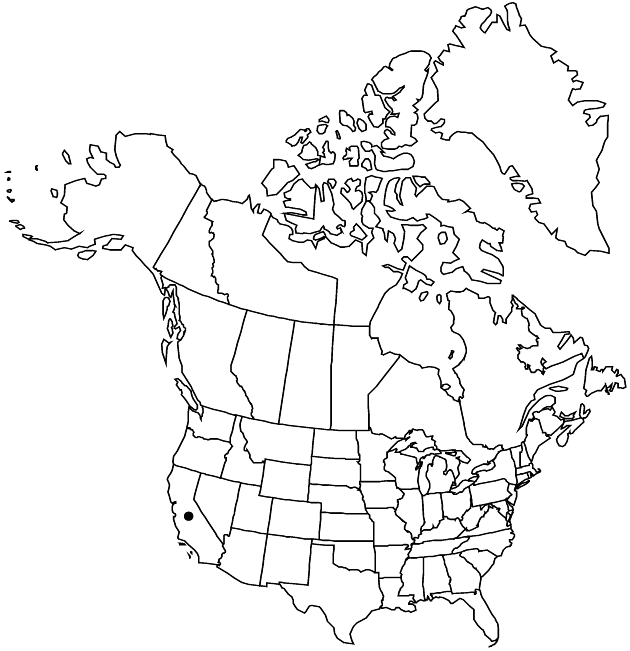Difference between revisions of "Senecio aphanactis"
Pittonia 1: 220. 1888.
Conservation concern
FNA>Volume Importer |
imported>Volume Importer |
||
| (One intermediate revision by the same user not shown) | |||
| Line 6: | Line 6: | ||
|place=1: 220. 1888 | |place=1: 220. 1888 | ||
|year=1888 | |year=1888 | ||
| + | }} | ||
| + | |special_status={{Treatment/ID/Special_status | ||
| + | |code=C | ||
| + | |label=Conservation concern | ||
}} | }} | ||
|basionyms= | |basionyms= | ||
| Line 45: | Line 49: | ||
|publication title=Pittonia | |publication title=Pittonia | ||
|publication year=1888 | |publication year=1888 | ||
| − | |special status= | + | |special status=Conservation concern |
| − | |source xml=https:// | + | |source xml=https://bitbucket.org/aafc-mbb/fna-data-curation/src/2e0870ddd59836b60bcf96646a41e87ea5a5943a/coarse_grained_fna_xml/V19-20-21/V20_1256.xml |
|tribe=Asteraceae tribe Senecioneae | |tribe=Asteraceae tribe Senecioneae | ||
|genus=Senecio | |genus=Senecio | ||
Latest revision as of 20:59, 5 November 2020
Annuals, 5–20+ cm (taproots relatively short and thin). Herbage glabrous or sparsely tomentose (especially distally). Stems usually 1 (relatively thin, delicate). Leaves evenly distributed; sessile; blades oblanceolate to lance-linear, 2–4 × 0.5–1 cm, bases sometimes weakly clasping, margins usually subpinnate to dentate, sometimes subentire (distal leaves bractlike). Heads 4–10+ in open, cymiform arrays. Calyculi 0 or of 1–3+ lance-deltate bractlets. Phyllaries ± 8 or ± 13, 5–6 mm, tips greenish. Ray florets 0 or 1–5; corolla laminae 0.5–1+ mm (barely surpassing phyllaries, heads perhaps technically disciform). Cypselae densely hairy. 2n = 40.
Phenology: Flowering late winter–spring.
Habitat: Dry, open ground, especially alkaline flats
Elevation: 10–400 m
Distribution

Calif., Mexico (Baja California).
Discussion
Of conservation concern.
Selected References
None.
Lower Taxa
None.